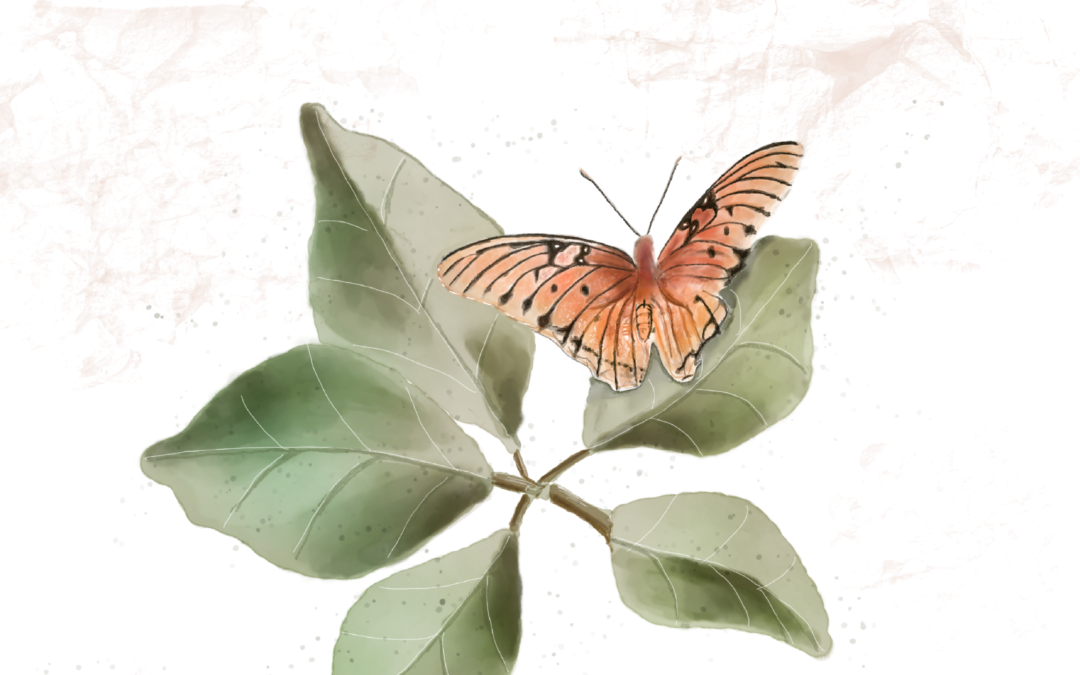Living Poetry
The art of Permaculture harnesses nature’s superpowers to reshape agriculture
By Lindsay Redmann
It’s not hard to love the ambiance and tranquility of a thriving garden. The scents and sounds of nature have a way of easing our hearts and minds. Fresh herbs and flowers, a bird’s song, and breath of the trees combine to convey what it’s like when nature speaks. I love the smell of freshly turned compost! A healthy soil is rich in minerals and is a pillar in the art of Permaculture.
Bill Mollison and David Holmgren co-developed Permaculture in the 1970s as a holistic collaboration between humans and nature, one that harmonizes rather than imposing upon. The approach aligns with the inherent intelligence of nature’s patterns, from the macro to the micro.
For instance, a food forest can mimic the layered structure of larger, naturally occurring forests and create a regenerative system while improving the soil. Using plants that work best for the local climate and environments and leveraging strengths from each plant create a collective resilience.
Spread clover all over! Clover makes for a wonderful ground cover and natural fertilizer. Embrace mighty mulch by including “smarty plants” like comfrey and yarrow that will add biomass and build soil structure. Invite the birds, bees and butterflies with flowers as well as herbs to repel pests. Did you know that planting bulbs will inhibit weed growth to make life easier?
This natural, whole-system approach to agriculture takes patience and observation. It also taps into and encourages a natural ecosystem, a rewilding. The biodiversity of plants and systems reduces the need for tilling and chemical fertilizers as you protect and build a more fertile ground. The art of Permaculture is reshaping agriculture by harnessing nature’s superpowers. Nature is poetic, a living poetry expressed in flora and fauna from the master of artists.
If you’re interested in learning more about home-scale Permaculture, check out Gaia’s Garden by Toby Hemenway.

